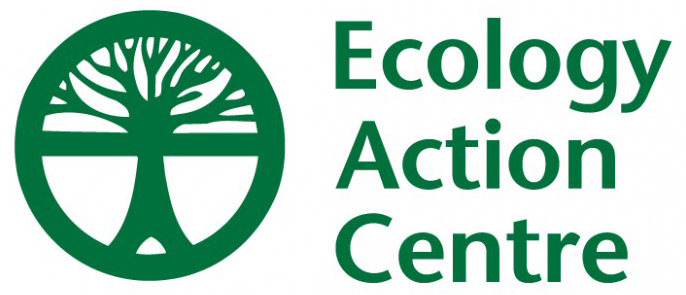KJIPUKTUK(Halifax) – The Ecology Action Centre is disappointed to learn that the Atlantic Canadian mackerel quota increased for the 2017 fishing year. On August 10, Fisheries and Oceans Canada (DFO) announced that the total allowable catch (TAC) for mackerel in NAFO subareas 3 and 4 would be set at 10,000 tonnes (t), a 25% increase from the previous quota of 8,000t despite the current critical status of the stock.
Mackerel are an important species in Atlantic Canada – not only are they prey for many ecologically important species such as tuna, sharks and whales, but they are also an important bait source for several economically important fisheries (eg. crab and lobster). The abundance index, used the estimate the size of the stock, remains far below levels observed in the 1980s.
The TAC for mackerel has been reduced significantly in recent years due to its declining status, from 75,000t in 2009, down to 8000t in 2015 and 2016. Despite these major reductions, recent stock assessments have stated that the stock is still in a “critical state”, and significant rebuilding does not seem to be occurring. DFO has yet to complete a rebuilding plan, which is a specific requirement under Canadian policy to rebuild stocks from a depleted state.
“Increasing the quota for a stock in the critical zone calls into question DFO’s commitment to sustainable fisheries management” says Katie Schleit, Senior Marine Campaign Coordinator at the Ecology Action Centre in Halifax. “Furthermore, increasing our removal of mackerel from the ecosystem may not leave any in the water for important predators who rely on this species as a food source.”
Of particular concern to the Ecology Action Centre is the considerable unreported catch of mackerel in Atlantic – recreational fishers and those who fish mackerel for personal bait use in other fisheries have not been required to report or limit their catches in years past. While DFO is working to better quantify and reduce unreported catches, this work is still far from being completed.
“DFO needs to make eliminating all unreported catch a top priority for this fishery, but until that goal is achieved, increasing the quota to account for these unmonitored catches could jeopardize any possible rebuilding for this population by allowing an increase in overall fishing pressure.” says Katie Schleit of the Ecology Action Centre.
In 2016, the Ecology Action Centre objected to the quota being set at 8000t, which was ten times the amount of 800t which had been recommended at the time by DFOs own scientists, in order to protect the population. In October of 2016, DFO announced the closure of the mackerel fishery for the remainder of the year, as the quota had been met.
This year, the scientific method used to assess the population was changed and improved significantly, however no specific recommendation for a quota was given by DFO scientists, who opted to present a range of options and the likelihood of those options contributing to or preventing the rebuilding of the population.
“With no rebuilding plan to guide decision making and with science advice showing that this TAC does not have a strong chance of bringing the stock out of the critical zone, this is a risky move for a depleted species,” says Schleit.
-30-
For more information on forage fish management and specific recommendations for the Canadian government, see, “Making Forage Fish Count: Recommendations to Improve Management in Canada”
Media Contacts:
Katie Schleit, Senior Marine Campaign Coordinator
kschleit@ecologyaction.ca
Heather Grant, Marine Communications Campaigner
hgrant@ecologyaction.ca
